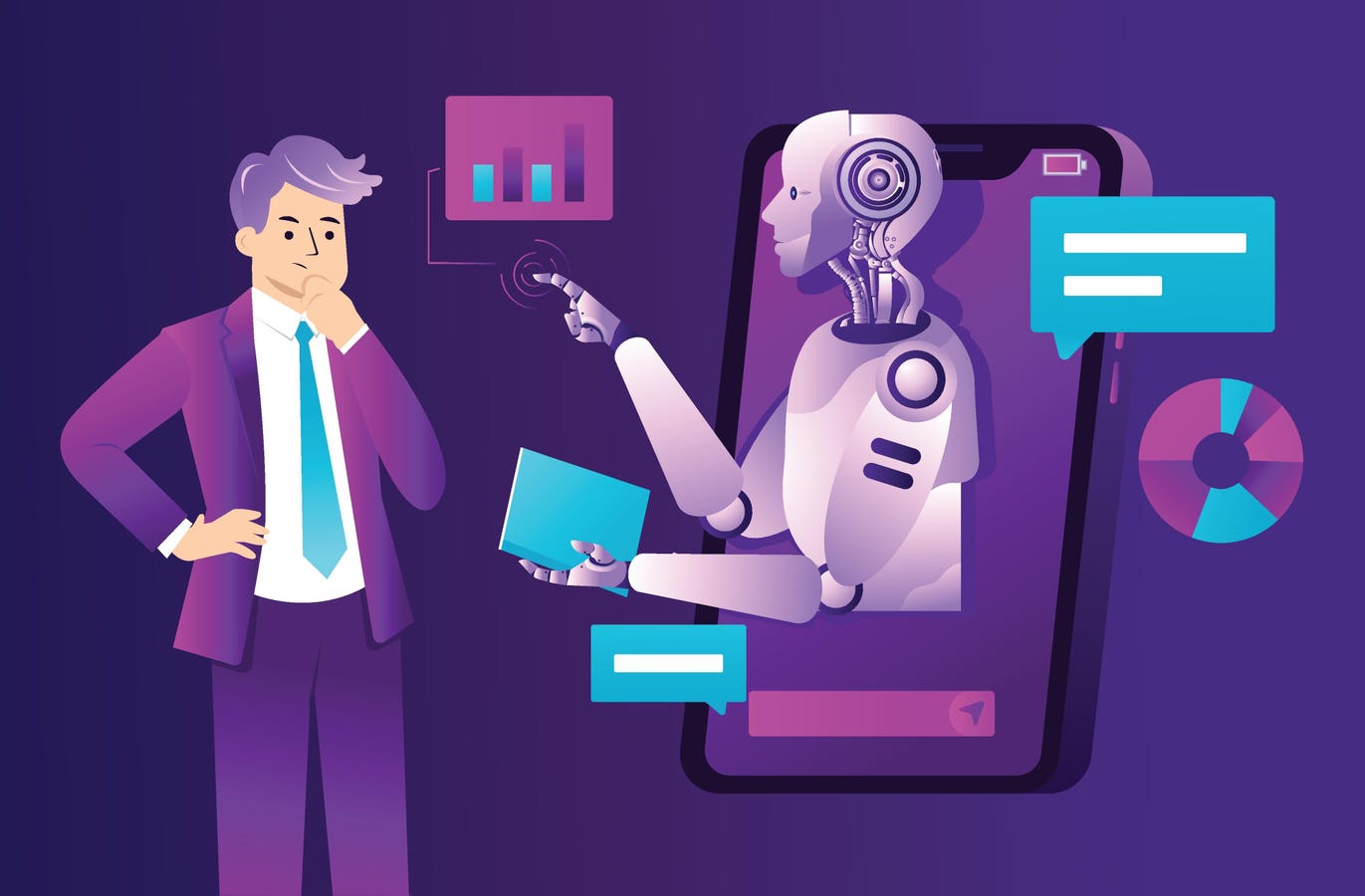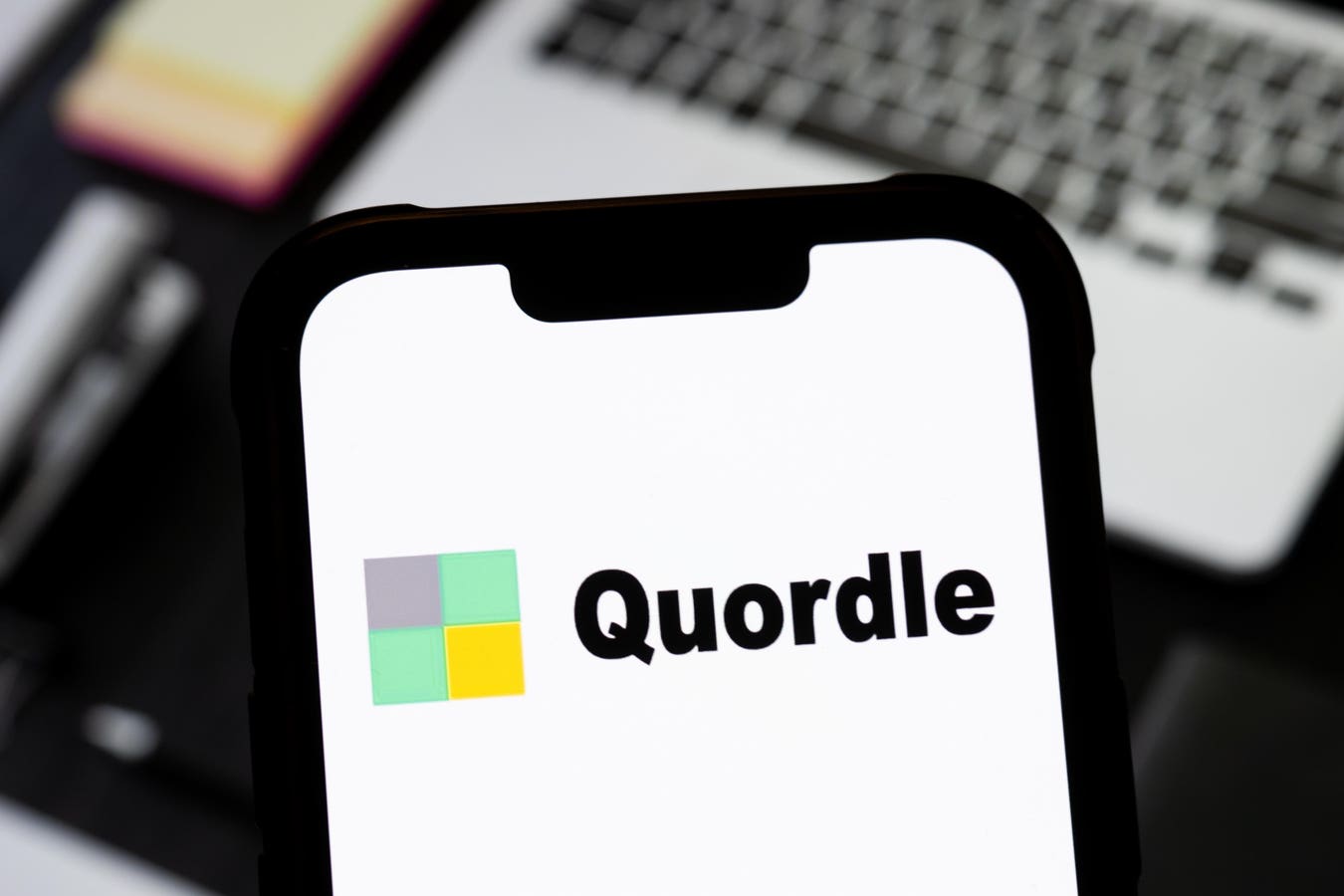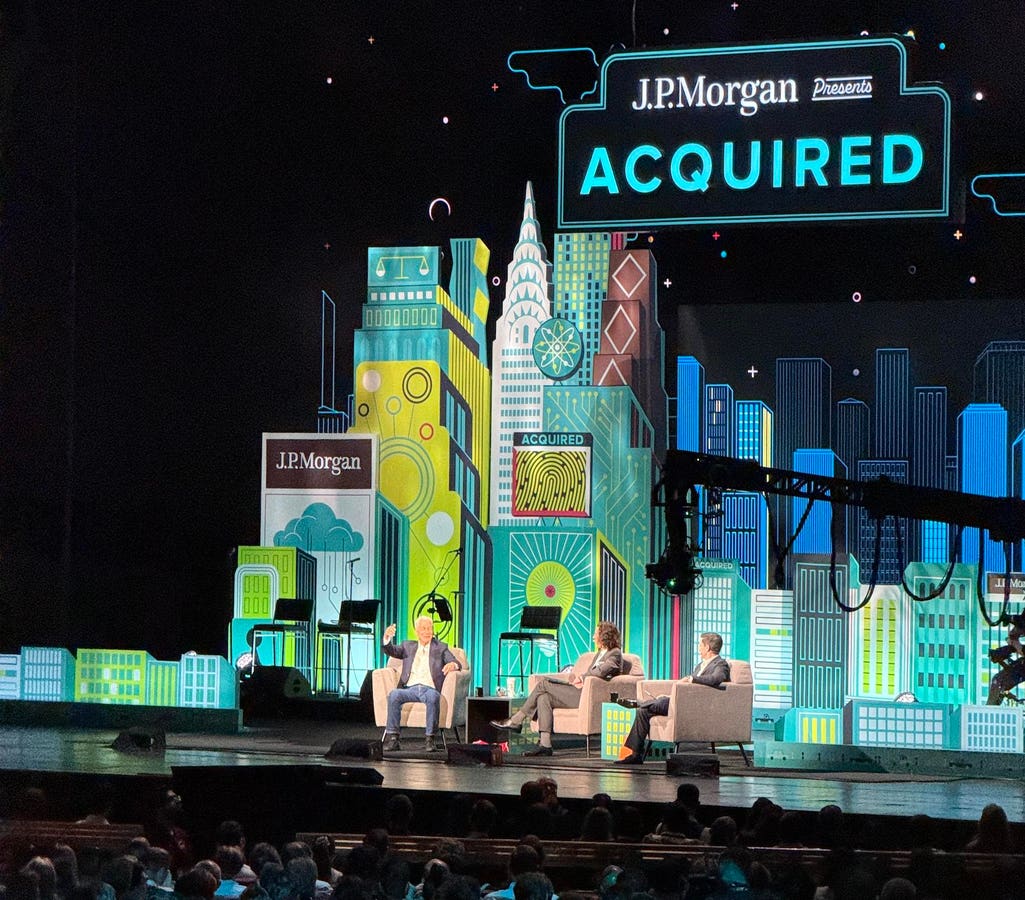AI increasing its footprint in marketing
According to a new survey from marketing technology firm ActiveCampaign, small-business marketers are getting back quite a bit of time from their investment in AI. AI-powered marketing systems are giving SMBs the equivalent of a full extra workday each week, and saving almost $5,000 a month in the process. But as of today, only one in four teams is applying AI throughout their full marketing processes.
Research Highlights of SMB AI Practices
A recent report commissioned by ActiveCampaign and conducted by Talker Research, “13 Hours Back Each Week,” sheds light on how AI is reshaping marketing for small and medium-sized businesses. Based on a national survey of 1,000 marketers conducted between May 21 and June 12, 2025, the study found that AI helps save around 13 hours per person each week, roughly one-third of a typical 40-hour workweek. It also reduces operating costs by an average of $4,739 per month per team.
CEO Jason VandeBoom says the results show a clear trend: “Small businesses may work with tighter margins, but their size and agility provide a perfect opportunity for the strategic implementation of AI.”
The time and cost benefits are clear, but what stood out is how uneven adoption still is. While most marketers, 82 percent according to the survey, have used AI for at least one task, only 23 percent say they use it throughout the campaign cycle, from planning through execution and measurement. That means many businesses could still unlock greater value. Notably, 77 percent of users say AI gives them more confidence in their work, and three-quarters believe it helps them compete with much larger brands.
A Three-Phase Approach to AI
ActiveCampaign frames modern marketing around three core stages: Imagine, Activate, and Validate. In the “Imagine” phase, AI tools help generate ideas and tailor campaigns to customer insights. “Activate” is where content gets created and distributed across channels. In “Validate,” teams analyze results to see what’s working and where to adjust.
Most marketers start with AI for brainstorming, but fewer bring it into the measurement phase. Only a little over half use AI to review campaign performance, meaning many miss out on real-time feedback that could improve future results. According to ActiveCampaign CMO Amy Kilpatrick, tying all three stages together leads to faster decisions, smarter campaigns, and better customer experiences.
AI Usage and Adoption Looks Different Across Teams
Marketers in the survey fell into five categories based on how much and how effectively they use AI. Beginners rarely touch the tools unless prompted. Developing users test AI for a task or two. Intermediates apply it consistently to common workflows. Advanced users work it into most areas, and Experts, roughly 15 percent of survey respondents, think of AI as their go-to problem-solving partner.
Experts are over 14 times more likely than light users to apply AI across all three phases and are twice as confident in the quality of their output. Moving up the scale doesn’t take much. Simply using AI more often or trying it in a new way can make a difference.
The gap between occasional and frequent AI users is growing. Teams that use AI daily report saving nearly 15 hours a week and more than $5,000 monthly, while infrequent users report savings closer to nine hours and $3,900. Daily users are also far more likely, 89 percent versus 61 percent according to the survey, to believe AI helps them compete with larger, more established players.
The key difference is how the tools are used. Power users feed results back into their systems to keep learning and adjusting. Others often stop at content generation and miss that opportunity.
Almost half of small businesses in the study said they use AI daily at work, and 81 percent reported using it for marketing. In fact, they’re nearly on par with large companies when it comes to using AI to generate leads, follow up with prospects, and measure results.
The difference in perceived value between small and large companies was just three percentage points. About one-third of small-business marketers said the time they gained back allowed them to focus more on long-term planning, creative thinking, or new growth opportunities, which are things they couldn’t prioritize before.
One surprising takeaway from the study is how much transparency matters. Businesses that openly explain where and how they use AI report stronger reactions from customers. Among those who share openly, 64 percent say the response has been very positive. By contrast, those who hide their use of AI or aren’t sure how to talk about it are more likely to see neutral or mixed reactions. The takeaway is that people tend to welcome AI, especially when it’s being used to improve the experience, not just cut corners.
AI Marketing Tech Competition Is Heating Up
ActiveCampaign isn’t the only company focusing on this space. HubSpot introduced four “Breeze” AI assistants earlier this year as part of a larger rollout of AI-powered tools aimed at smaller teams. Meanwhile, Mailchimp showcased its “AI Growth Assistant” at its FWD: London event in June, offering features like predictive audience tools and visual campaign summaries. These moves suggest that the race to support small businesses with smart automation is just beginning.
While lawmakers and regulators are still sorting out how to manage AI, companies aren’t waiting. According to the survey, 97 percent of marketers say AI has already changed how they feel about their jobs. Only 3 percent said it hasn’t had any impact. That means, for most professionals, AI is now just part of the job.
What’s Coming
For teams just starting out, ActiveCampaign recommends mapping their marketing tasks to the three-stage cycle and adding AI where it’ll have the most impact first. For some, that might be brainstorming; for others, measurement. Sharing the journey openly, such as how tools are used and why, can help build trust. And as the study shows, adding just one new use case or increasing frequency of use can quickly move teams toward more advanced performance, without needing a major investment.
Jason VandeBoom sees more businesses moving from experimenting with AI to embedding it into everything they do. Right now, only 23 percent of marketers use AI from start to finish. That means most haven’t yet tapped the biggest opportunities. But those that do, especially smaller teams that reinvest their time savings in strategy or creativity, could soon outpace even their largest competitors.









